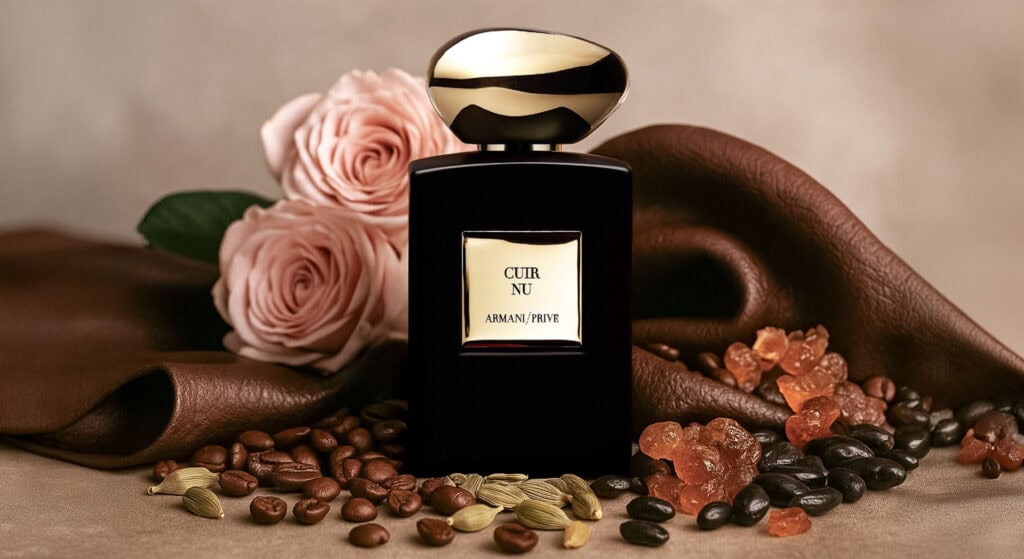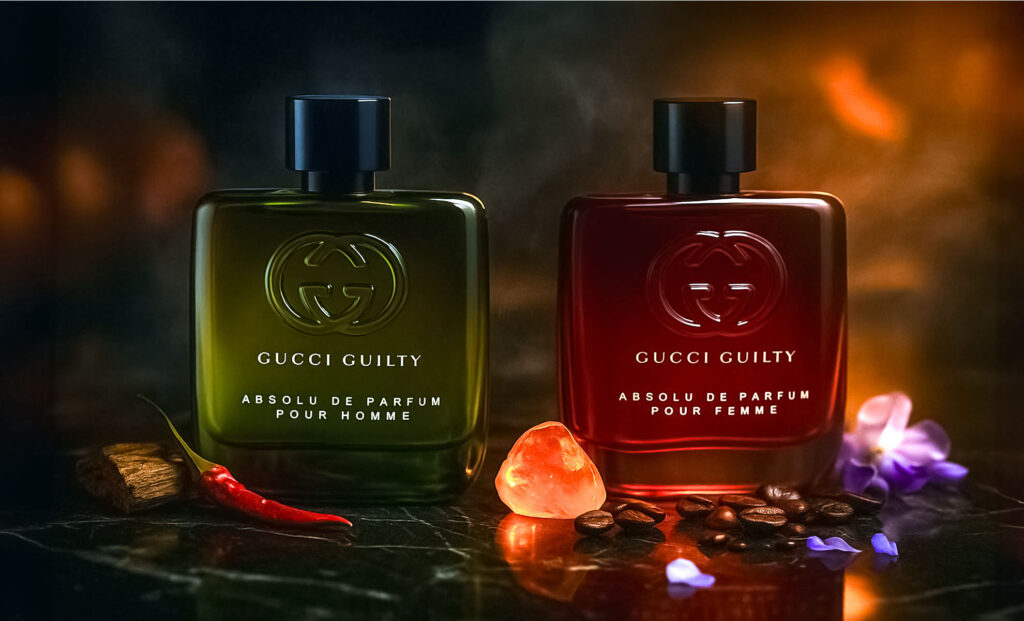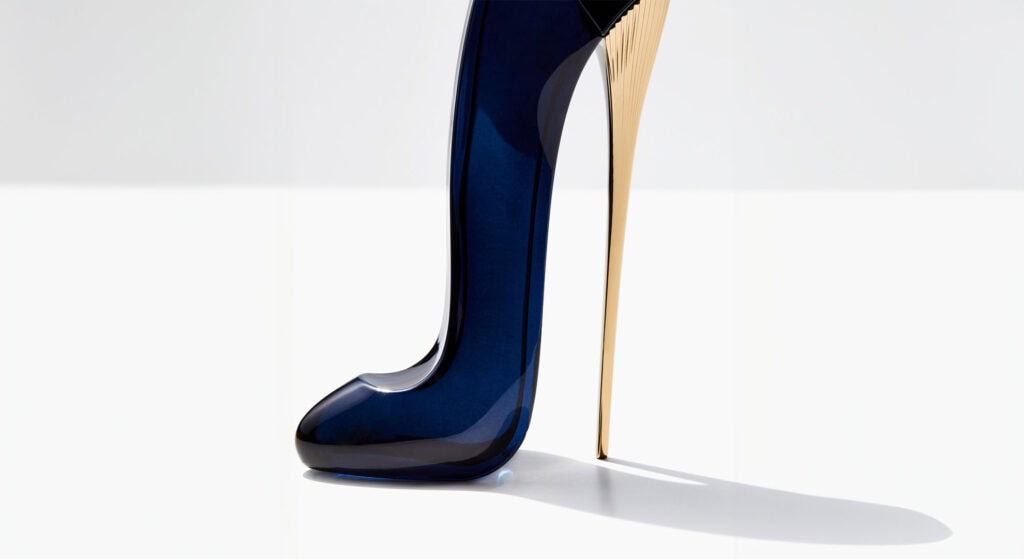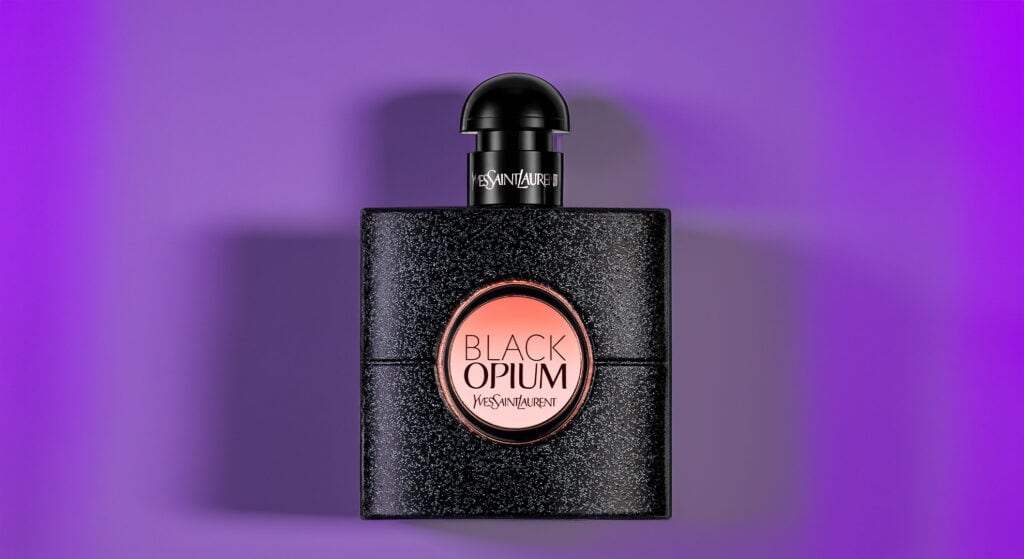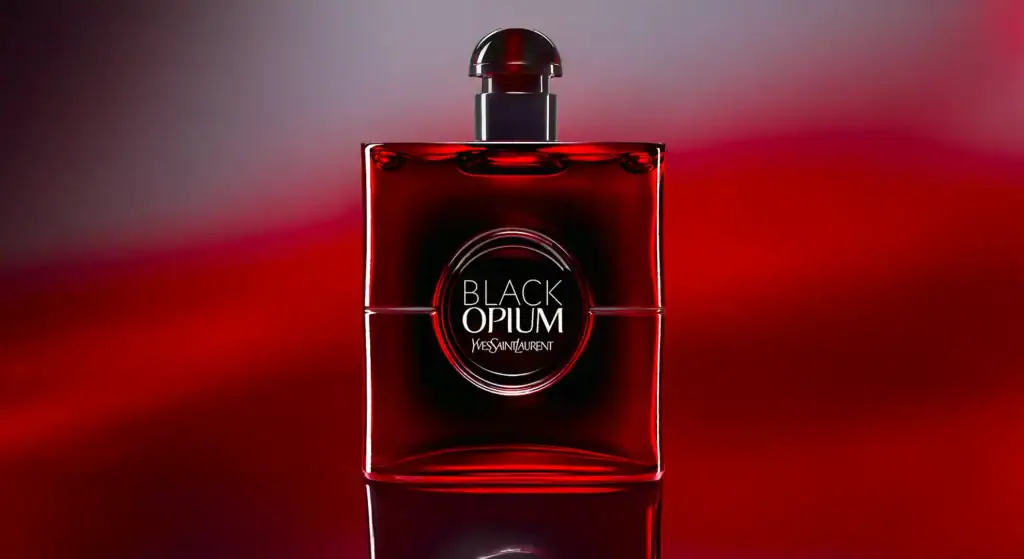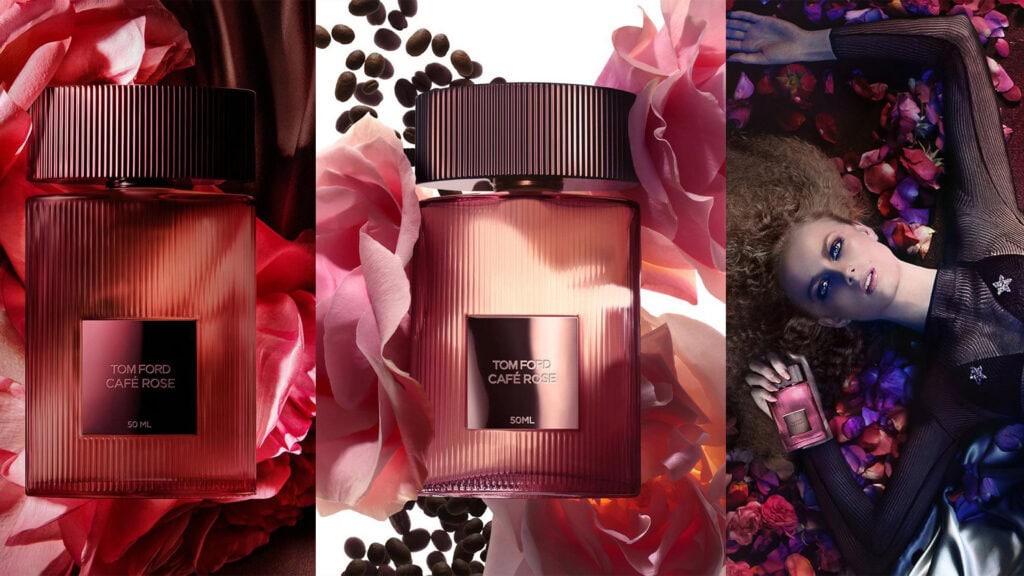The Rich Aroma of Coffee in Perfumery: From Extraction to Blending and Iconic Scents
Coffee’s rich, strong, and energizing scent has evolved from a popular drink to a fascinating component in the realm of perfumes. Recognized for its capacity to elicit warmth, vitality, and a hint of elegance, coffee brings a distinctive richness and intricacy to scents. This investigation looks at the process of extracting coffee essence for perfumes, the skill of combining it with other scents, and notable fragrances that feature coffee prominently.
Capturing the Essence of Coffee for Perfumery
Extracting the essence of coffee to be used in perfumes is a process that involves both traditional and modern techniques. The aim is to harness the rich, complex aroma of coffee beans, which encompasses a range of olfactory notes from bitter and smoky to sweet and earthy.
- CO2 Extraction: One of the most effective methods for capturing the true essence of coffee is CO2 extraction. In this process, supercritical carbon dioxide is used to extract the aromatic compounds from roasted coffee beans. The result is a concentrated coffee oil that retains the full complexity of the beans, with rich, nuanced notes that are ideal for high-end perfumery.
- Steam Distillation: Although less common for coffee due to its robust and complex nature, steam distillation can also be used to extract a lighter version of coffee’s aroma. This method captures the more volatile, aromatic compounds, resulting in an essential oil that emphasizes the brighter, more aromatic aspects of coffee, such as its slight fruitiness and toasted notes.
- Infusion: Another technique involves infusing coffee beans into a carrier oil or alcohol, allowing the liquid to absorb the aromatic compounds over time. This method is often used in more artisanal or niche perfumery, where the infusion process can be carefully controlled to achieve a specific aromatic profile.
The Art of Blending Coffee in Fragrances
Coffee’s rich, complex aroma makes it an intriguing note to work with in perfumery. It can add depth, warmth, and a touch of bitterness that balances sweeter or lighter notes, resulting in a well-rounded and sophisticated fragrance.
- Gourmand Compositions: Coffee is a natural fit in gourmand perfumes, where its rich, roasted notes enhance the edible quality of ingredients like vanilla, caramel, and chocolate. This combination creates a fragrance that is warm, indulgent, and often reminiscent of a cozy café. Yves Saint Laurent’s Black Opium is a perfect example, where coffee is blended with vanilla, jasmine, and pear to create a scent that is both sweet and darkly seductive.
- Spicy and Woody Blends: Coffee’s depth and warmth pair beautifully with spicy and woody notes, adding a smoky, slightly bitter edge that enhances the richness of the fragrance. When combined with spices like cinnamon or cardamom, or woods like cedar and sandalwood, coffee introduces an element of mystery and sophistication. Tom Ford’s Café Rose masterfully uses coffee to add depth to its blend of Turkish rose, patchouli, and incense, creating a dark, sensual scent with a smoky undertone.
- Floral and Coffee Accords: Coffee can also bring a surprising twist to floral fragrances, where its warmth and richness contrast with the lightness of floral notes, adding an unexpected depth. When paired with rose, jasmine, or orange blossom, coffee introduces a bold, modern edge that makes the floral composition more intriguing. Carolina Herrera’s Good Girl uses coffee to ground its floral heart of tuberose and jasmine, adding a layer of warmth and sensuality.
- Fresh and Citrusy Scents: Although less common, coffee can be paired with fresh or citrus notes to create a fragrance that is both invigorating and balanced. The bitterness of coffee can complement the sharpness of citrus fruits like bergamot or orange, resulting in a fragrance that is bright yet grounded. Hugo Boss’s The Scent for Her features coffee alongside peach and osmanthus, creating a fragrance that is fruity, fresh, and just a touch bitter.
Iconic Fragrances Featuring Coffee Notes
Several perfumes have achieved iconic status for their use of coffee notes, demonstrating the versatility and depth that this ingredient can bring to a fragrance.
- Yves Saint Laurent Black Opium: Perhaps one of the most well-known coffee-based perfumes, Black Opium is celebrated for its bold, addictive blend of coffee, vanilla, and white florals. The coffee note adds a dark, rich depth to the fragrance, making it both intoxicating and unforgettable.
- Tom Ford Café Rose: In this luxurious fragrance, coffee is used to add a smoky, bitter edge to a blend of rose, patchouli, and incense. The result is a scent that is dark, sensual, and layered, perfect for those who appreciate a sophisticated and slightly unconventional fragrance.
- Carolina Herrera Good Girl: This modern classic uses coffee to add depth and warmth to its floral heart of tuberose and jasmine. The combination creates a fragrance that is both bold and elegant, with the coffee note providing a grounding, sensual quality.
- Hugo Boss The Scent for Her: In this fresh and fruity fragrance, coffee is used to balance the sweetness of peach and the floral notes of osmanthus. The result is a bright, lively scent with a subtle bitterness that adds complexity and intrigue.
The rich and intricate scent of coffee has established its position as a popular element in the field of perfumery. From the careful gathering of coffee beans to the skillful combining with other scents, coffee provides a distinct and adaptable sense of smell that can vary from deep and enigmatic to cozy and soothing. Popular scents such as Black Opium by Yves Saint Laurent and Café Rose by Tom Ford demonstrate how coffee can greatly improve a perfume, making it beloved by both perfumers and fragrance enthusiasts.
Love this fragrance? Rate it now and make your mark!
Click on a star to rate it!
Average rating 0 / 5. Vote count: 0
No votes so far! Be the first to rate this post.
